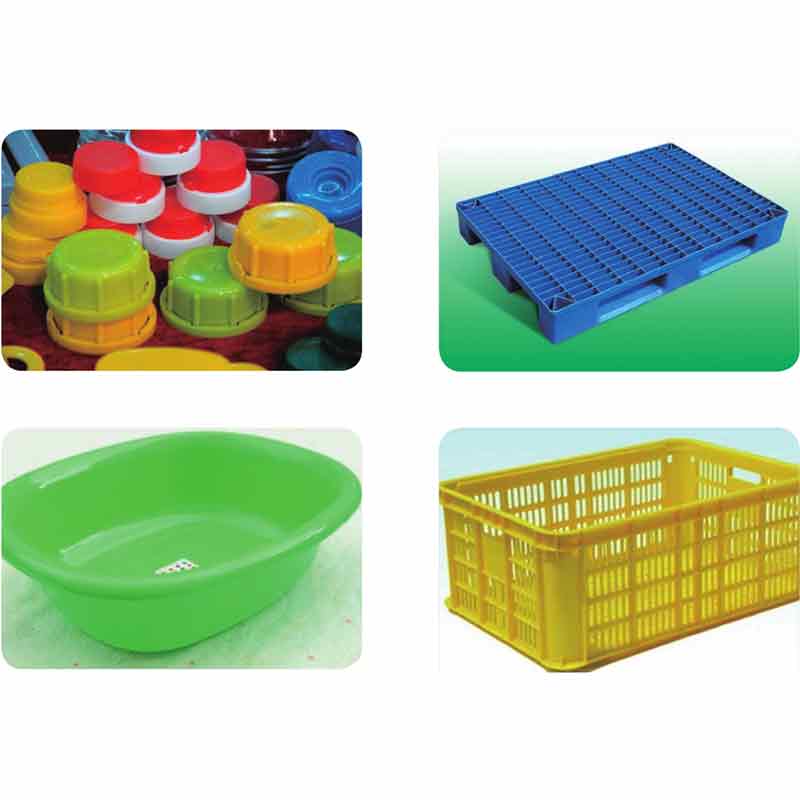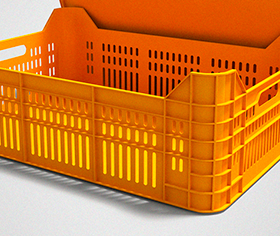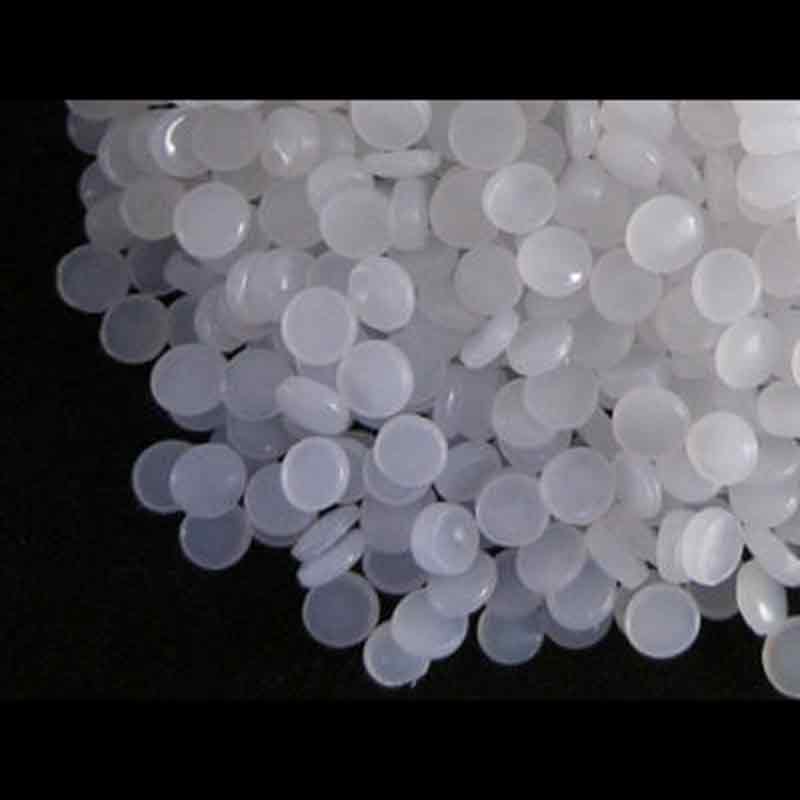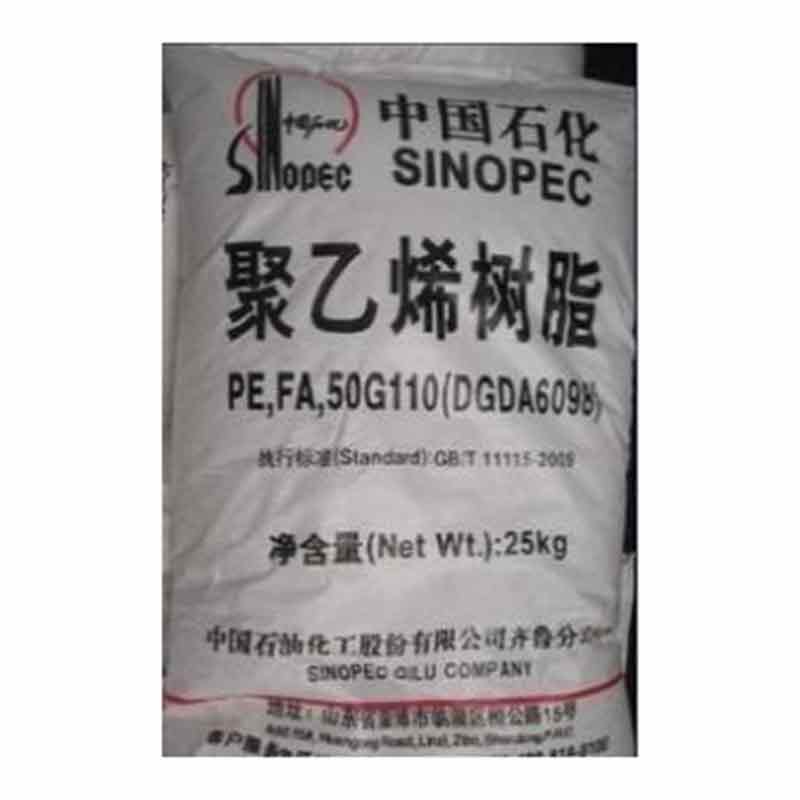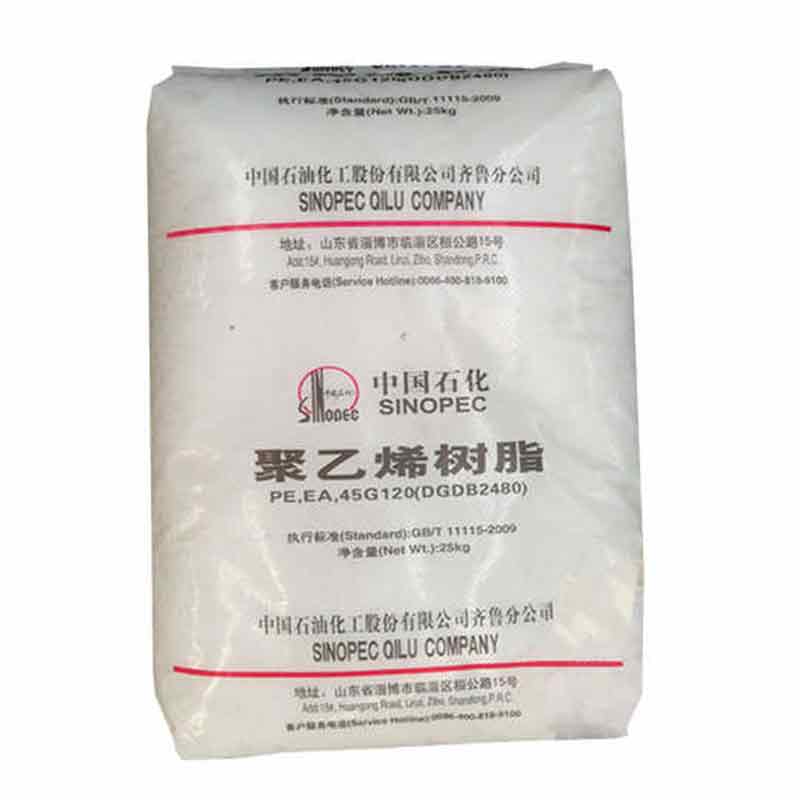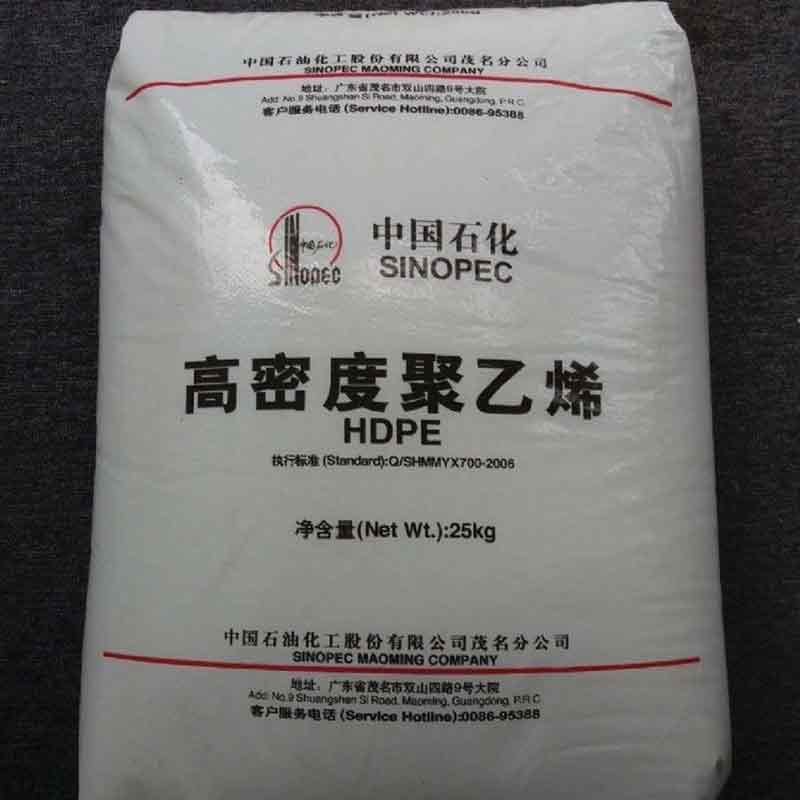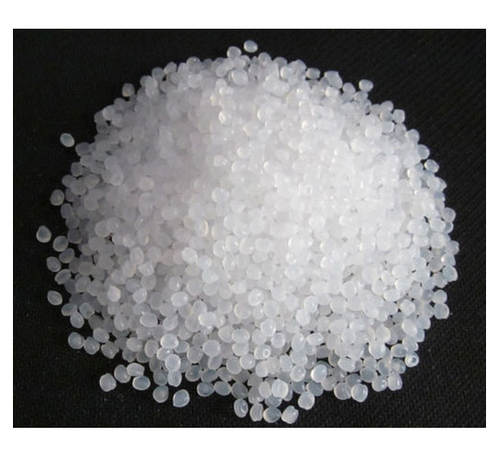HDPE Injection molding for crate
HDPE Injection molding for crate,
HDPE For Crate, HDPE injection molding,
Plastic crate manufactured by high density polyethylene (HDPE) injection moulding of first fusion.
Crate is molded with special HDPE material to achieve highly durability. The melting speed of special material is 3.6-4.5 g/10 minutes, the tension is over 25 Pa, the tensile strength is over 60% and the contraction force is over 40 Pa. Normally HDPE material has little branching, but the special new material used for crates gives it stronger intermolecular forces and tensile strength than LDPE. Its surface is harder and more transparent, and it can withstand higher temperature (120 C/ 248 F for short periods, 110 C /230 F continuously), in order to reach the requirement of durability. It should be noted that HDPE, unlike polypropylene, cannot withstand the general high pressure.
Injection Molding
Injection molding is a plastic forming process that involves injecting molten plastic raw materials into a closed chamber or mold. This process has three main processes:
Grinding and heating the plastic until it flows under pressure.
Injecting the plastic inside the mold and allowing it to cool.
Opening the mold to eject the plastic container.
A reciprocating screw type extruder is used mainly in the industry for plastic making for mixture; there is repeated mixing and kneading of the screw type extruder. When the plastic (raw materials) is ready to be injected, as the screw moves, it pushes the plastic out of the extruder and into the mold.
To make the shape required by the customer, there is a mold designed with specifics that contains a certain shape. Normally it contains two parts or halves with similar features. One does have the ability to move or it remains still while the other part of the mold can move. After molding, the other half can move thus to release the product from the mold in undemented form. The mold contains several or multiple openings or channels. These are used to introduce the plastic into the mold, vent air, and permit some plastic to flow out of the mold.
Injection molding has restricted production when it comes to the production of one sided containers or crates. Tubs, pails, cups, food containers, and bowls are examples. By itself, injection molding is not suited for producing closed, hollow products such as plastic bottles that is why it is suited for the production of open crates. To produce these products, an inert gas is used. This is used because it will eliminate reactions that can incur in the mold when the process is in motion. This is introduced into the mold partially filled with molten plastic. This pushes the plastic onto the surface of the mold producing a hollow part. This process is called gas-assisted injection molding.
Application
HDPE injection-molding grade is used for making reusable containers, such as beer cases, beverage cases, food cases, vegetable cases and egg cases and can also be used for making plastic trays, goods containers, home appliances, daily goods use and thin-wall food containers. It can also be used in the production of industrial-use barrels, garbage bins and toys. Through the extrusion and compression molding process and injection molding, it can be used to produce the caps of purified water, mineral water, tea beverage and juice beverage bottles.
